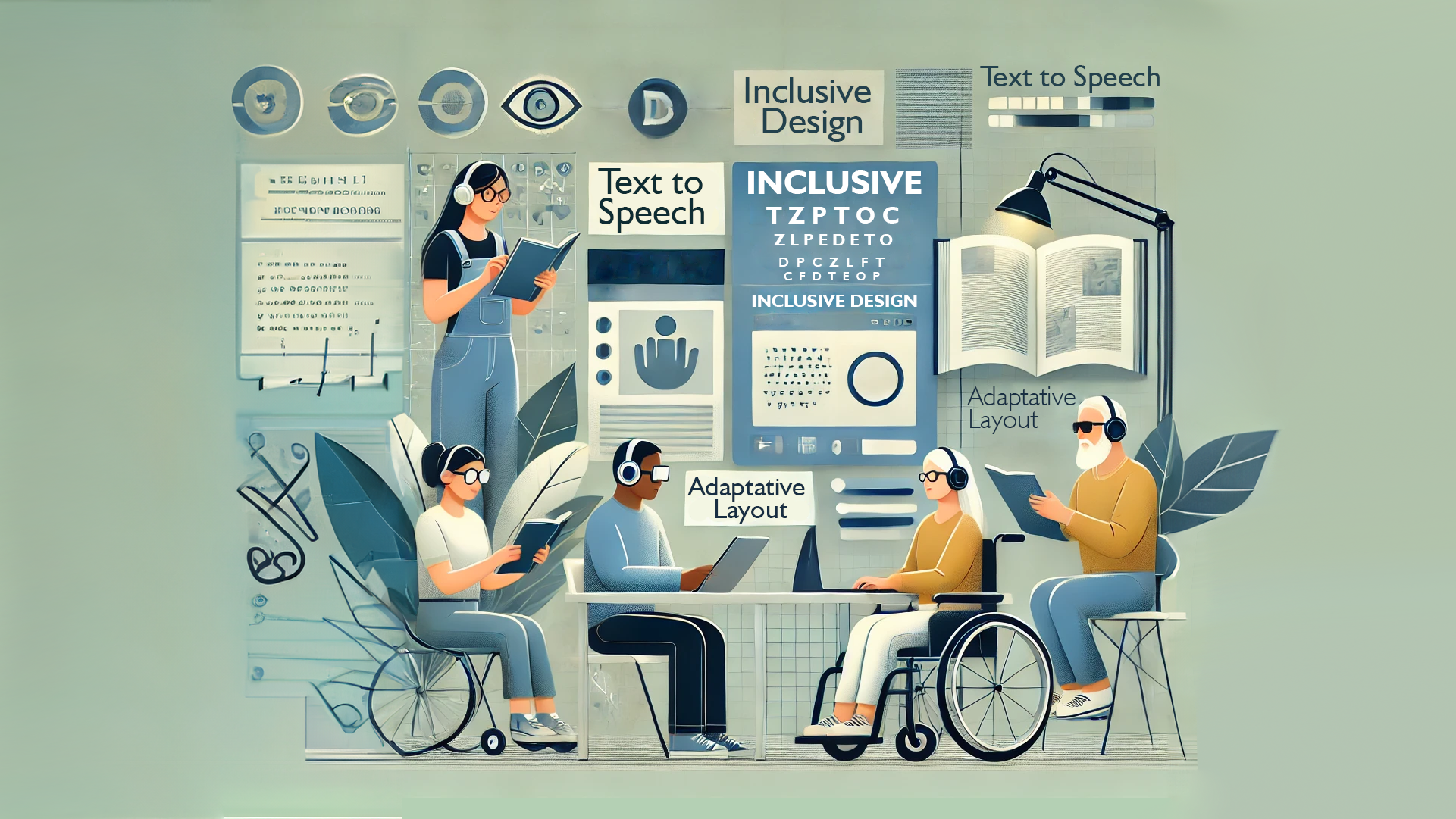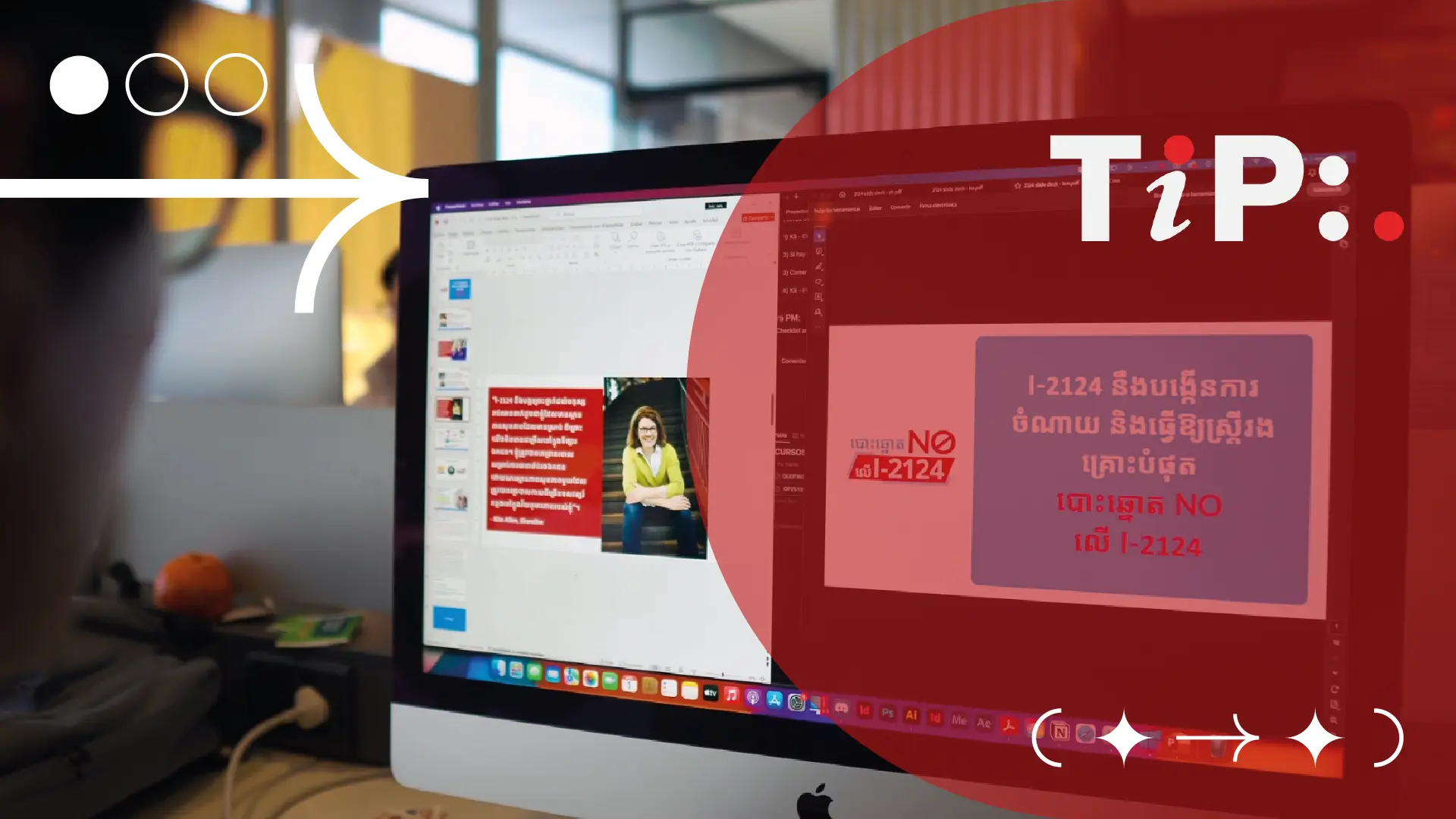Design for Inclusivity
How to Create Accessible Editorial Content
As accessibility becomes a larger design priority in 2025, ensuring editorial content is inclusive is more important than ever. Accessibility in editorial design means creating materials that everyone, regardless of ability, can read and engage with effectively. From people with visual impairments to those with cognitive differences, inclusive design practices ensure a seamless and equitable experience for all readers.
Why Accessibility Matters
Accessible editorial design is not just about compliance with regulations—it’s about fostering an inclusive community and expanding your audience reach. When businesses prioritize accessibility, they demonstrate a commitment to diversity and social responsibility while enhancing user experience.
Actionable Steps to Improve Design Accessibility
Here are practical steps to make editorial content more accessible:
- Use Proper Contrast and Color ChoicesEnsure sufficient contrast between text and background to improve readability for individuals with visual impairments. Tools like the Web Content Accessibility Guidelines (WCAG) contrast checker can help determine optimal contrast ratios.
- Choose Readable, Clear FontsAvoid decorative or overly complex fonts. Opt for sans-serif fonts like Arial, Helvetica, or Open Sans, which are easier to read, particularly for individuals with dyslexia. Additionally, maintain a font size of at least 12–14pt for body text.
- Implement Alt-Text for ImagesEvery image should have descriptive alternative text (alt-text) to ensure screen readers can convey visual content to those who are visually impaired. Make sure alt-text is concise yet informative.
- Structure Content with Hierarchical Headings Using headings properly (H1, H2, H3, etc.) helps screen readers navigate text efficiently. It also improves readability for all users by providing clear sections and logical content flow.
- Design for Keyboard NavigationSome users rely on keyboard navigation instead of a mouse. Ensuring your editorial content is navigable via keyboard shortcuts improves usability for those with motor disabilities.
- Use Descriptive LinksInstead of generic text like “Click here,” use descriptive links such as “Download our Accessibility Guide.” This provides better context for users, including those using screen readers.
- Offer Multiple FormatsProviding content in multiple formats—such as PDFs with selectable text, audio versions, or even braille-friendly documents—ensures broader accessibility.
Integrating Accessibility into Business Practices
Businesses can embrace inclusive editorial design by:
- Educating teams on accessibility best practices.
- Incorporating accessibility checklists into content workflows.
- Regularly auditing materials for compliance with accessibility standards.
- Gathering feedback from diverse users to refine accessibility efforts.
Inclusive editorial design is essential in 2025 and beyond. By implementing these accessibility principles, businesses can create content that is engaging, readable, and accessible to all. Making accessibility a priority is not just the right thing to do—it’s a smart and forward-thinking approach to editorial design.

